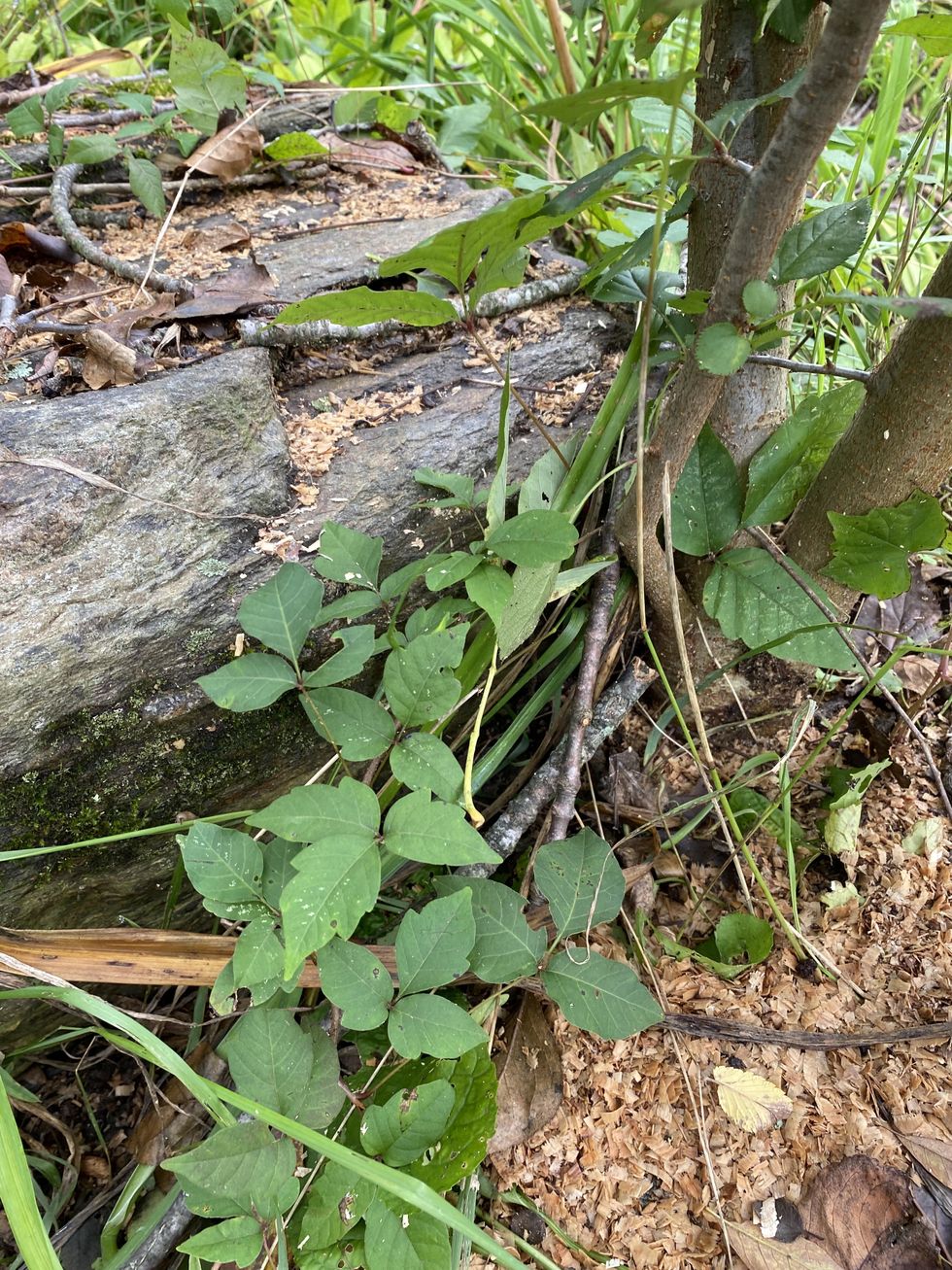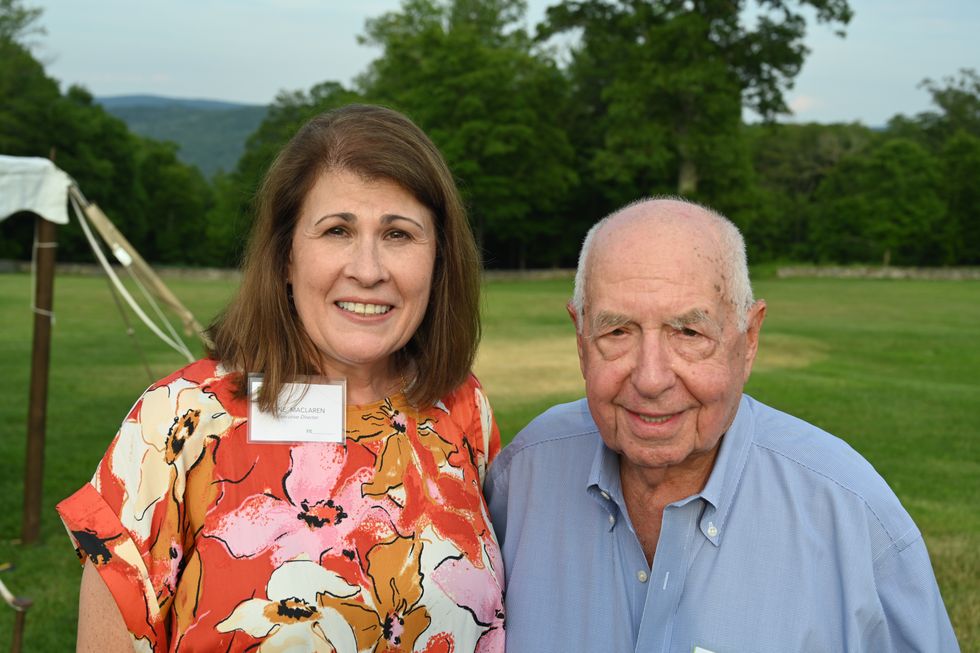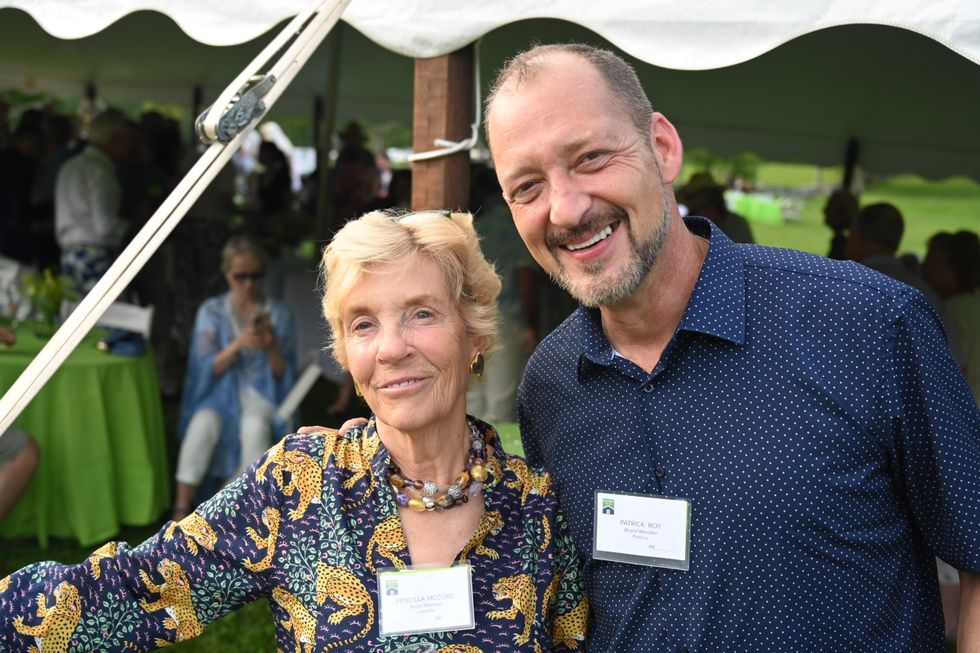Leaves of three, let it be, or ‘you’re gonna need an ocean of calamine lotion’

Part of the sneakiness of poison ivy is that it’s hard to recognize, even though (of course) there are always three leaves. This small patch was photographed in August; the leaves were green not red (as sometimes happens).
Photo by Cynthia Hochswender



 Jane MacLaren, Executive Director of Chore Service, and Mort Klaus, host of the Garden Party eventBob Ellwood
Jane MacLaren, Executive Director of Chore Service, and Mort Klaus, host of the Garden Party eventBob Ellwood Priscilla McCord, outgoing Board Chair of Chore Service and Patrick Roy, incoming Chair.Bob Ellwood
Priscilla McCord, outgoing Board Chair of Chore Service and Patrick Roy, incoming Chair.Bob Ellwood



